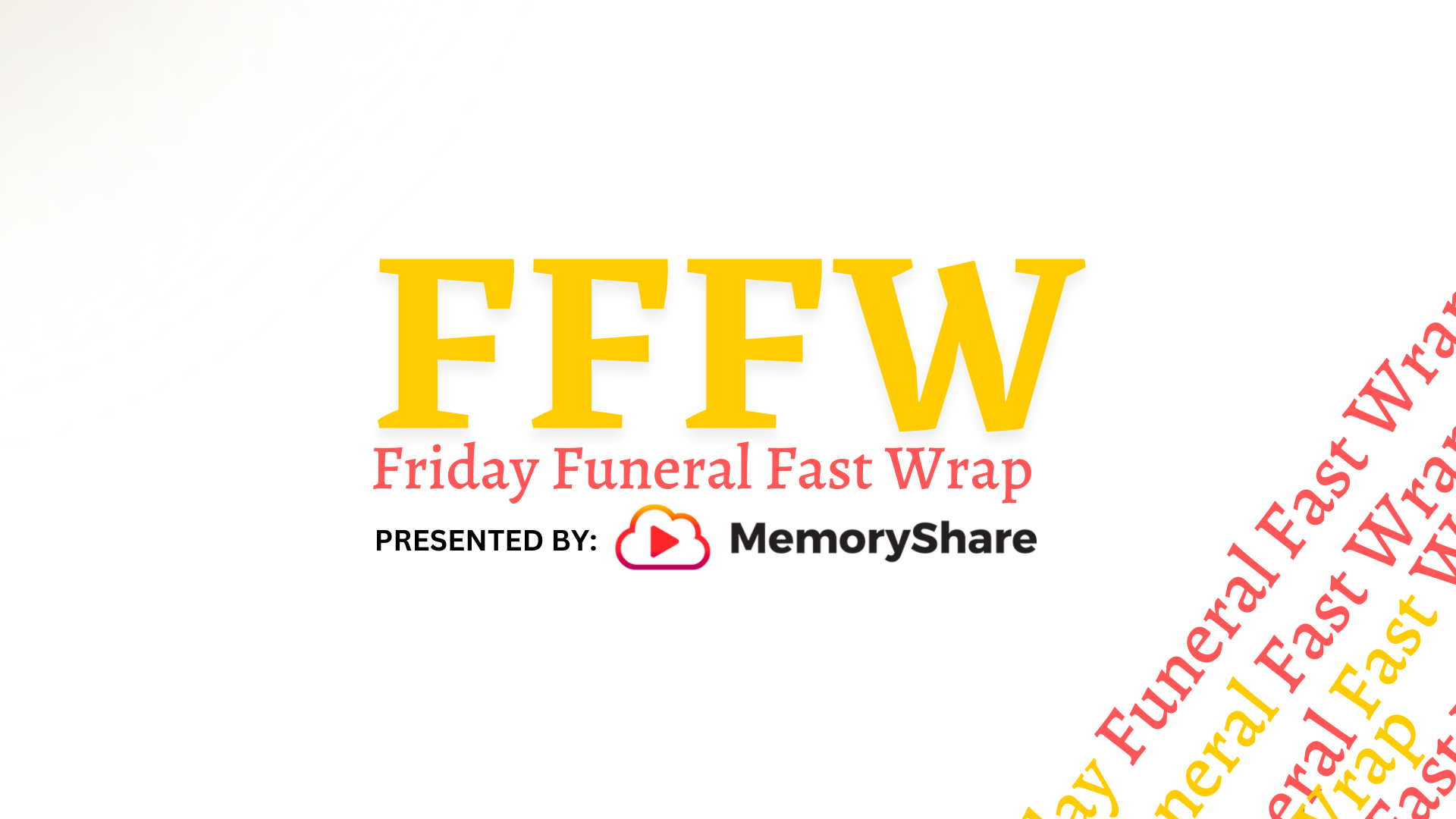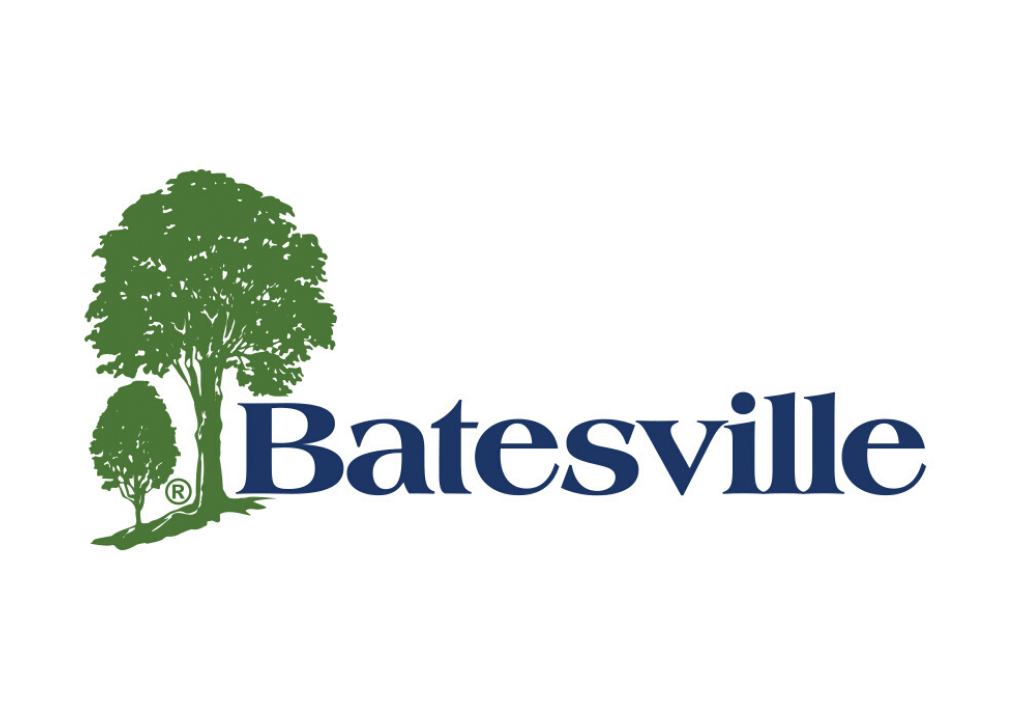Death is a Funny Mystery
 There is a new book out titled: Curtains – The Adventures of an Undertaker in Training. Below is a great review of the book.
There is a new book out titled: Curtains – The Adventures of an Undertaker in Training. Below is a great review of the book.
Curtains – The Adventures of an Undertaker in Training (Review By: Charles Wilkins)
The death of God during the 1960s (obit pending) was almost as hard on the North American funeral industry as it was on the Christian church.
As Tom Jokinen points out in his lively and literate new book Curtains: Adventures of an Undertaker-in-Training, ?The big, fat-sucking spiritual void that a death creates used to be filled by the redemptive magic of religion: pray over the body, sing the body into the ground, mark the casket with the sign of the cross. ? All the sacred customs were ways to signal to one another that we?re not alone, that there?s continuity even in death ? that God had a plan, even if His blueprints were impossible to read.?
Take God out of the picture, the writer says, and the sucking void is still there.
And so is the funeral industry, which itself is sucking harder these days as it attempts feverishly to adjust its practices to 75 million Baby Boomers, stiffs-in-waiting who, in their absence of belief, are (in the words of the old joke), ?all dressed up with no place to go.?
At one point in his book, Jokinen interviews a United Church pastor who laments that bereaved Boomers don?t even know the names of the old hymns, preferring to serenade their dead with Three Dog Night?s Jeremiah was a Bullfrog or Sarah MacLachlan?s In the Arms of An Angel. One family asked him if he could lay off the prayers at their mother?s funeral and, instead, simply raise his arms at the finale and shout, ?God, put the coffee on! Mother?s coming!? and then blow out a candle.
Jokinen?s book purports to be the story of how, in his mid-40s, the writer gave up his job as a CBC Radio producer to become an apprentice undertaker at a successful family funeral home owned by the legendary Winnipeg funeral director Neil Bardal. And in part it is that. Jokinen explains that he wanted a close-up look at ?why we do what we do when someone dies, and how we handle the leftovers.?
And so the writer went about his business, cremating corpses, sometimes embalming them, dressing them for ?viewing,? driving them to prairie towns under the summer sun.
But the book is also a much broader take on the mysteries of life and death, the rituals of a culture, the transgressions and travails of the North American death industry.
Jokinen points out that at about the same time as God bought the farm, industry progressives began incinerating corpses, cutting another mortal chunk out of the ?traditional? industry.
Then along came writer Jessica Mitford, who, in her 1963 book The American Way of Death, spooked the industry by warning consumers that funeral homes were not so much ?meeting? their needs as inventing preposterous and expensive new needs that the consumer was being pressured to pay for.
?Gradually, over the years,? Mitford wrote, ?the funeral men constructed their own grotesque cloud-cuckoo-land where the trappings of Gracious Living are transformed, as in a nightmare, into the trappings of Gracious Dying.?
If the notion of ?gracious living? is a balloon waiting to be peeled by the satirists, ?gracious dying? is surely the fetid air within, an absurdist?s inversion of ?gracious? consumerism, not to mention the stuff of high comedy and vivid stories, which run through Jokinen?s book like blood through a (living) body.
One of the most memorable of those stories concerns the arrival of the first cremation facility in Winnipeg, at Pineview Cemetery, in 1965. The mayor came out to cut the ribbon. Winnipeg was entering the new age. However, the permit to incinerate human beings was still pending, so a pig was cremated for the sake of ceremony. Because of its heavy fat, the oinker burned out of control and blew the door off the furnace ? and henceforth Pineview was rechristened ?Swineview.?
Jokinen?s persistent and riddled subtext is that death is a tentacled and hoary uncertainty, imbued with mystery, fear, escape fantasies ? or, if the faith is strong, with the promise of an afterlife or some level of self-serving revisionism.
Once the Reaper arrives, however, everything changes, and (grief aside) we the living are left to deal not with matters of science or the psyche, or to unravel the higher perplexities, but with how best to honour and dispose of the stiffening slab of tissue that once housed our father or aunt or elderly neighbour.
Jokinen draws a number of rather obvious conclusions about the ways that might be done; for example, Simple is best, and Sincere gesture trumps baroque ritual or tradition ? that sort of bumf.
As far as I?m concerned, he might just as well have concluded that God is a howler monkey and we should all be buried in bowling shoes and Maybelline bras.
For this, finally, is not a book about conclusions but about the pleasures of good writing, close observation, a thoughtful voice, a well-told story, a loving if skeptical take on reality, a detailed sense of irony and humour, a thirst for exploration. In all, it is a fine piece of work and a fitting tribute to the thoughtful and intelligent prairie undertaker, Neil Bardal, whose life the book chronicles and who, just before the book?s publication, died of prostate cancer in Winnipeg.
The more pertinent ?conclusion? of the book ? the intrinsic conclusion ? is that death is sad, haunted and, more often than not, ordinary, and that however we dress it up with flowers, with words, with rituals, it is, in the end, a mystery and a loss. And that there is no way of solving or fixing it. So we do what we can and carry on.
During the summer of 1969, Charles Wilkins worked at Resthaven Memorial Gardens Cemetery in the east end of Toronto. He wrote about it in his memoir, In the Land of Long Fingernails, which was named one of The Globe and Mail?s top 100 books for 2008.
Source: The Globe and Mail



